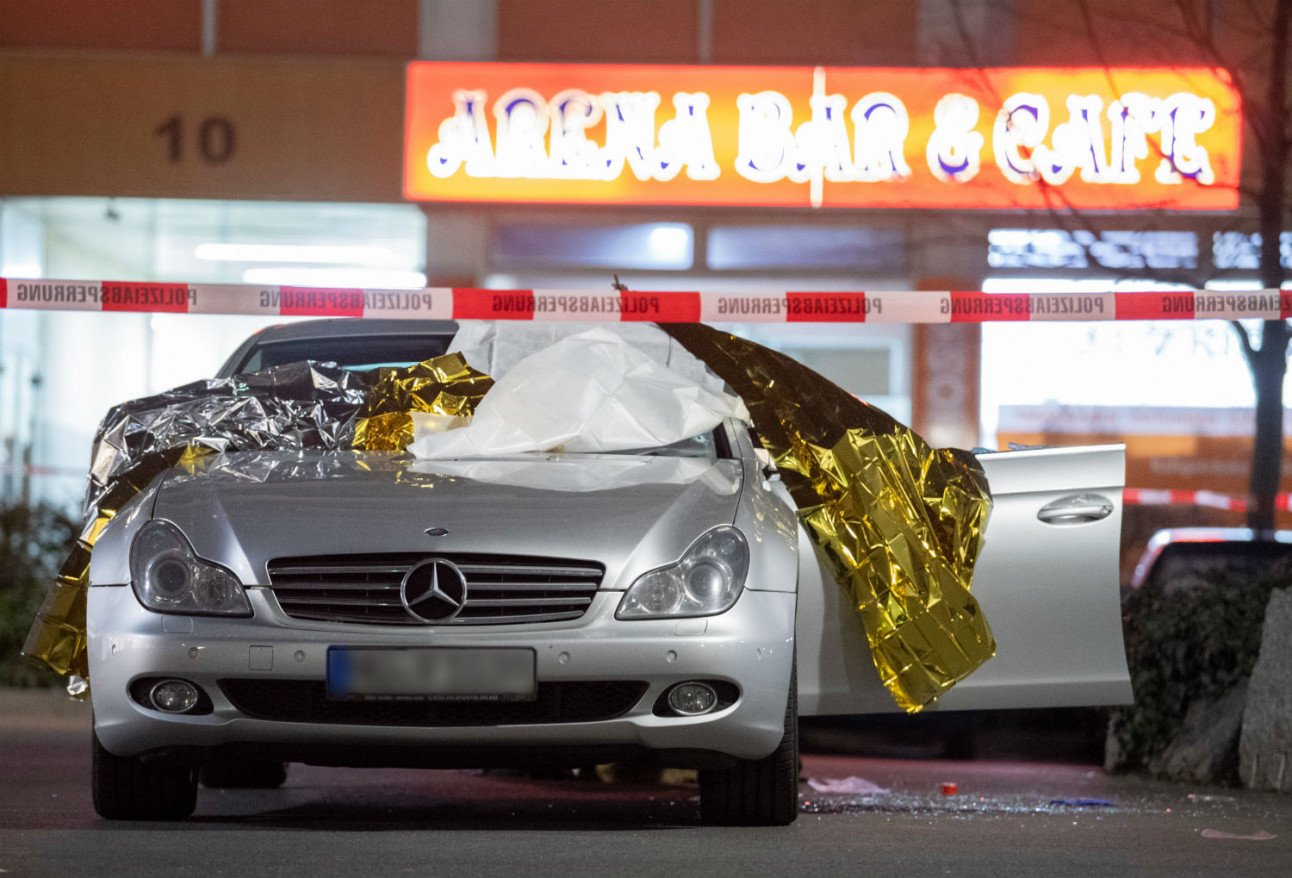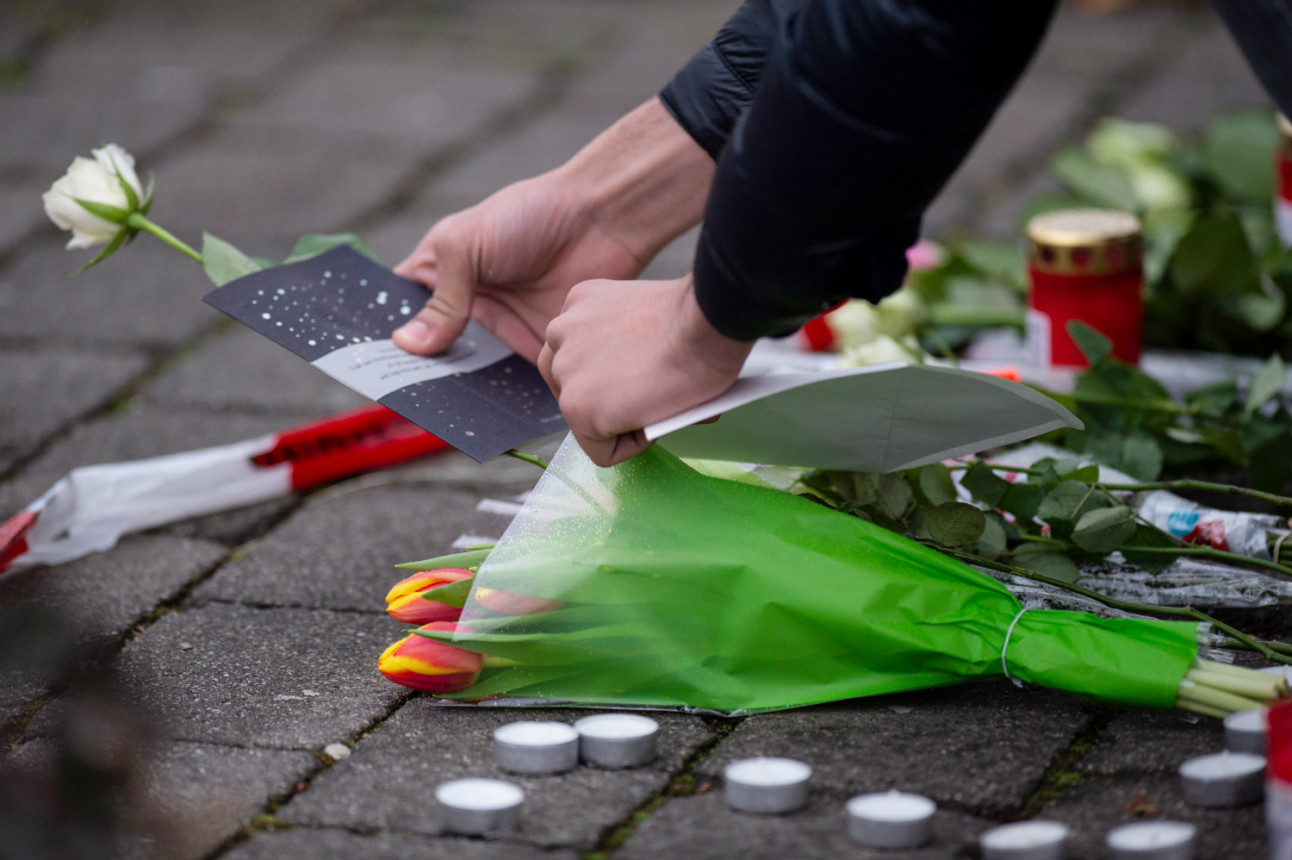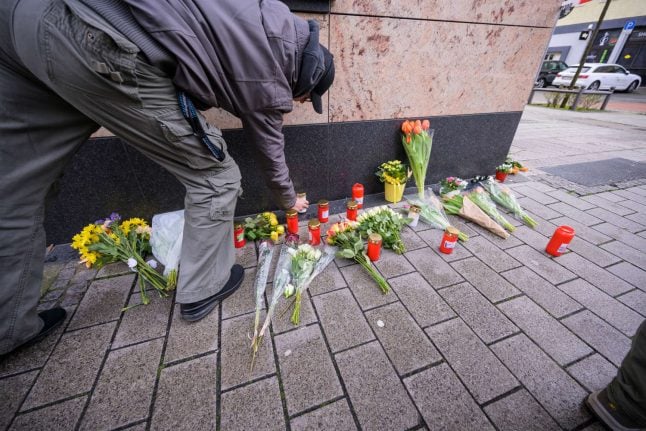It started out like any other Wednesday night as groups of friends gathered to socialize. But it ended in tragedy in Hanau when a gunman with suspected far-right beliefs opened fire on two shisha bars in the German city near Frankfurt.
Nine people, all believed to be of foreign descent, were killed in the shootings which began at 10pm.
Turkish state news agency Anadolu reported that five Turkish nationals were among those killed in the shootings. Some of the other victims are reportedly of Kurdish origin.
According to German daily Bild one of the victims was a 35-year-old mother-of-two.
The body of the suspected gunman was later found by police at his home along with the body of his 72-year-old mother. Both were killed by shot wounds in what appeared to be a murder-suicide.
Germany anti-terror prosecutors said they suspected “a xenophobic motive” behind the shootings, the latest deadly attack blamed on the far-right in Germany.
READ ALSO:
- Shootings in Germany: What we know so far about suspected far-right shisha bar attacks
- Nine dead after two shootings in Hanau near Frankfurt
How is Germany reacting?
Chancellor Angela Merkel pledged to fight back against “all those who try to divide Germany”.
Speaking to reporters, Merkel brought up the murders carried out by the neo-Nazi “NSU” cell between 2000-07 as well as last June's killing of pro-migrant politician Walter Lübcke, and the deadly anti-Semitic attack in Halle in October as examples of the threat posed by the far right.
Political scientist Florian Hartleb and far-right expert told The Local that these recent attacks have shaken up the country and fuelled fear as authorities try to figure out how to deal with extreme terror.
“Germany is very scared after the killing of Lübcke, plus the actions in Halle in October. Now this is the third action and 10 people have died,” said Hartleb who is the author of Lone Wolves, The New Terrorism of Right Wing Single Actors.
“This is actually quite scary for the German public. The perpetrators have been so-called lone wolves and right-wing extremists.
“In autumn the Interior Ministry talked about how it wanted to deal with right-wing extremists. I imagine now there will be another very big debate about this, about what police and authorities can do.”
So what can we learn from the latest horror and can future attacks be stopped?

'Photo: DPA
'Conspiracy theories'
At this point we don't have all the facts about the case but here's what we know so far.
The suspected attacker is a German man identified as 43-year-old Tobias R.
He left behind a “manifesto” and video material online that suggested a terror attack motivated by “a hostile attitude to foreigners”, Peter Beuth, the interior minister of the state of Hesse, said.
In the rambling 24-page document the alleged gunman wrote that people from over two dozen countries should be “destroyed”.
He also said he had never been with a woman, which he blamed on being “watched” by secret services, although he didn't specify who they were.
Hartleb, who examined the document and the video, said it was clear the suspect was “psychologically damaged” and that he held “extreme right-wing views”.
“I think this is a man who was socially isolated, was going through a life crisis and was extremely active online, and searching for conspiracy theories,” said Hartleb.
Hartleb said the manifesto was full of “narcissism”. “He’s referring to his own website, he’s speaking perfect English: he wanted to get famous because of his actions.”
“The manifesto is full of conspiracy theories,” added Hartleb. “The main conspiracy theory is that there's a dark power behind everything. He's saying we’re observed as citizens and he is controlled and dominated by a secret organization and secret power. This is his main message.
“What I observed was that he referred to two different audiences. In the German manifesto he’s writing to the German people and in the English manifesto he’s addressing American citizens.”
Hartleb says the suspect fits the description of a “lone wolf”.
“What fits to this so-called lone wolf terrorist description is the mixture of his personal frustration and the political motives,” he said.
 Tributes being laid to victims of the attacks. Photo: DPA
Tributes being laid to victims of the attacks. Photo: DPA
How can Germany stop attacks?
German police have identified around 50 extreme right adherents as “dangerous” individuals capable of carrying out a violent attack.
Last Friday, they arrested 12 members of a German extreme right group believed to have been plotting “shocking” large-scale attacks on mosques, similar to the ones carried out in New Zealand last year.
Police have in the last months after the high profile attacks vowed to step up the fight against right-wing terror in Germany.
But Florence Keen, research fellow at the International Centre for the Study of Radicalisation (ICSR) in London, said it's difficult for authorities to be proactive in cases when the perpetrator is acting alone.
“As far as we can tell so far, this individual acted alone,” she told The Local. It might have been inspired by things he saw online but he won’t necessarily have been on the radar of security services so it’s very difficult for security services to have intervened in something like this beforehand.
“On the other hand you have organized groups, some of which have been the target of German authorities – even last week the 12 people who were arrested clearly belong to organized structured movements which may have had bigger aspirations, but then therefore were more easily infiltrated because there’s more of them and there’s a bigger footprint.”
Blyth Crawford, another research fellow at ICSR, said: “When it’s a lone attacker, as we’ve just seen, it becomes much more difficult to track and to get a handle on surveilling people like that.”
'Focus on online activities'
King's College London counter-terrorism expert Peter Neumann tweeted to say the text contained “various, but mostly extreme right views, with a do-it-yourself ideology cobbled together out of parts found on the internet”.
“The pattern is clear, and not at all new,” he added.
Hartleb said authorities needed to find better strategies for dealing with the online world in order to stop these so-called lone wolves from acting this way.
“The only way to stop it is to observe Internet activities more carefully,” he said.
“All these actors have one thing in common: they are not known to security forces. They have no police record, they are not part of right wing extremist organization or party, the only traces are in the virtual world and that makes it extremely complicated to find them.
“The only thing you can is to follow up more on online activities.”



 Please whitelist us to continue reading.
Please whitelist us to continue reading.
Member comments